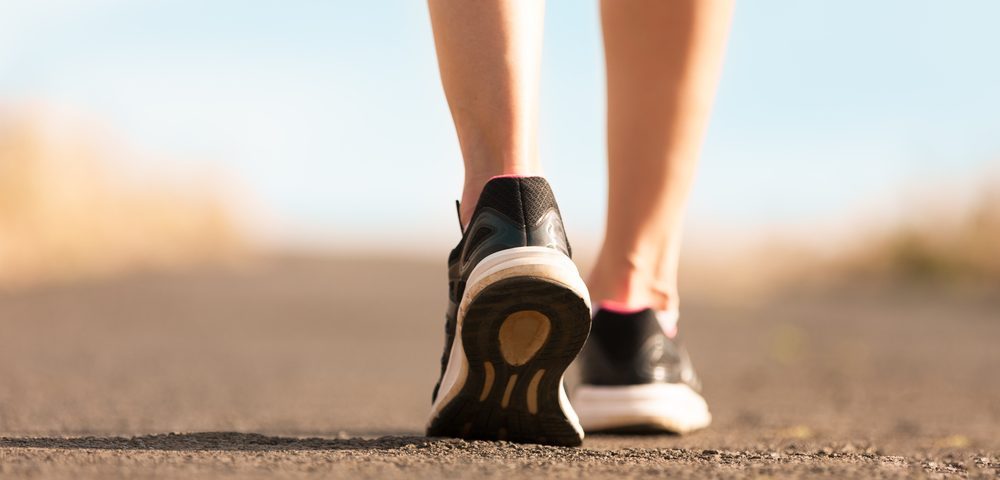Avoiding Contact Sports/High-impact Activities When You Have EDS
Written by |

Ehlers-Danlos syndrome (EDS) refers to a group of rare diseases that affect the connective tissues that give structure to the body’s joints, blood vessels, skin, organs and tissues.
Although each type of EDS has different symptoms and rates of progression, patients often have fragile skin and loose joints. This means that typical activities, like running or exercising, can cause tissue damage or joint dislocations.
Exercise has many positive mental and physical health benefits. But before exercising, discuss with your physician and physiotherapist which activities are safe for you, because all patients are different, even if they have the same type of EDS.
Activities to avoid
Contact sports, such as soccer, football, and rugby, generally should be avoided. High-impact activities also should be avoided by most patients with EDS. These include running and basketball. Baseball, which requires a lot of running, also should be mostly avoided.
Low-impact activities
Cycling, yoga, Pilates, rowing, and tai chi are all low-impact activities that should be gentler on the joints, though patients with hypermobility may still have issues with positions that overstretch the joints. Some EDS patients may enjoy horseback riding or hiking; others may find swimming to be beneficial.
School activities
For children with EDS, it can be hard to participate in physical education classes. At the same time, exclusion from these activities, or being forced to watch from the sidelines, isn’t good for children’s social development and mental well-being.
Some children may need a doctor’s note to be exempted from physical education activities such as running, but many schools offer low-impact alternatives such as swimming. Talk to your child’s school administrators and doctors to find out which compromises and accommodations can be made to ensure your child has a safe and positive schooling experience.
Last updated: Nov. 14, 2019
***
Ehlers-Danlos News is strictly a news and information website about the disease. It does not provide medical advice, diagnosis, or treatment. This content is not intended to be a substitute for professional medical advice, diagnosis, or treatment. Always seek the advice of your physician or other qualified health provider with any questions you may have regarding a medical condition. Never disregard professional medical advice or delay in seeking it because of something you have read on this website.



